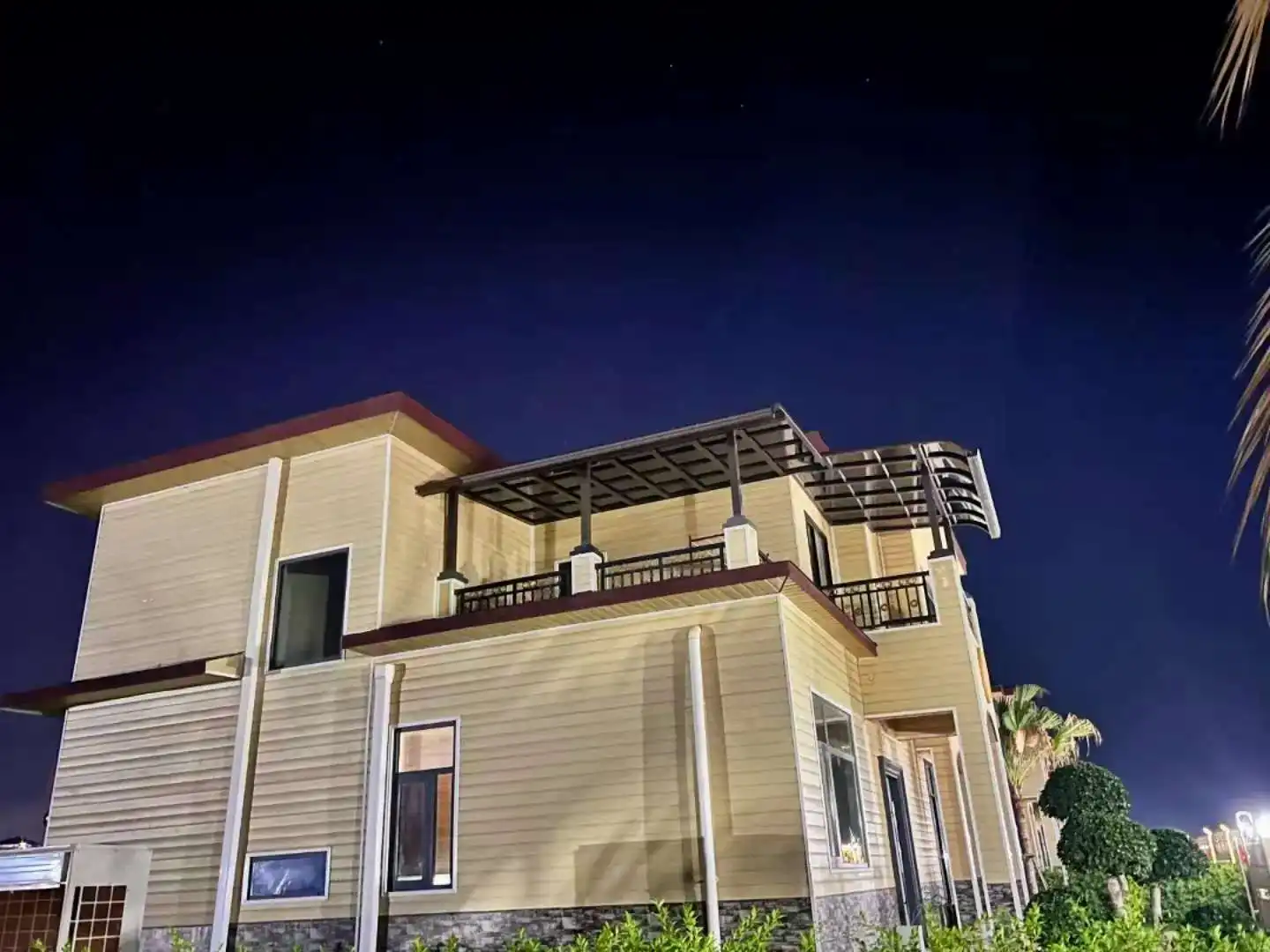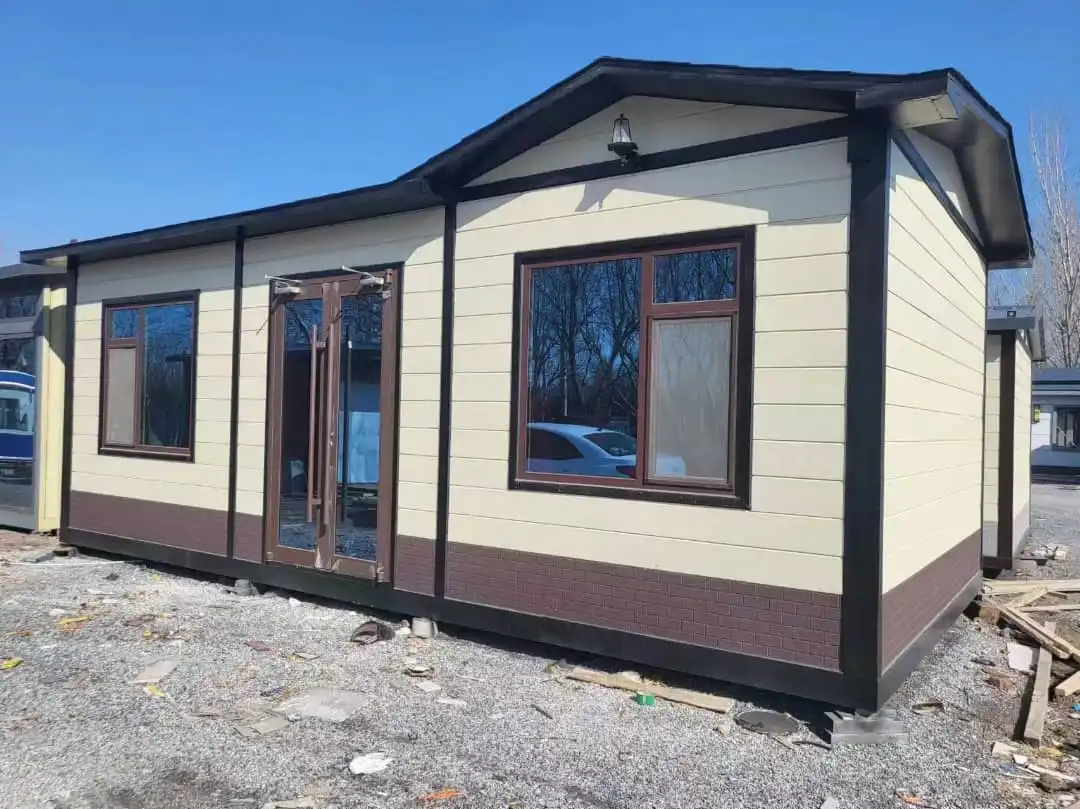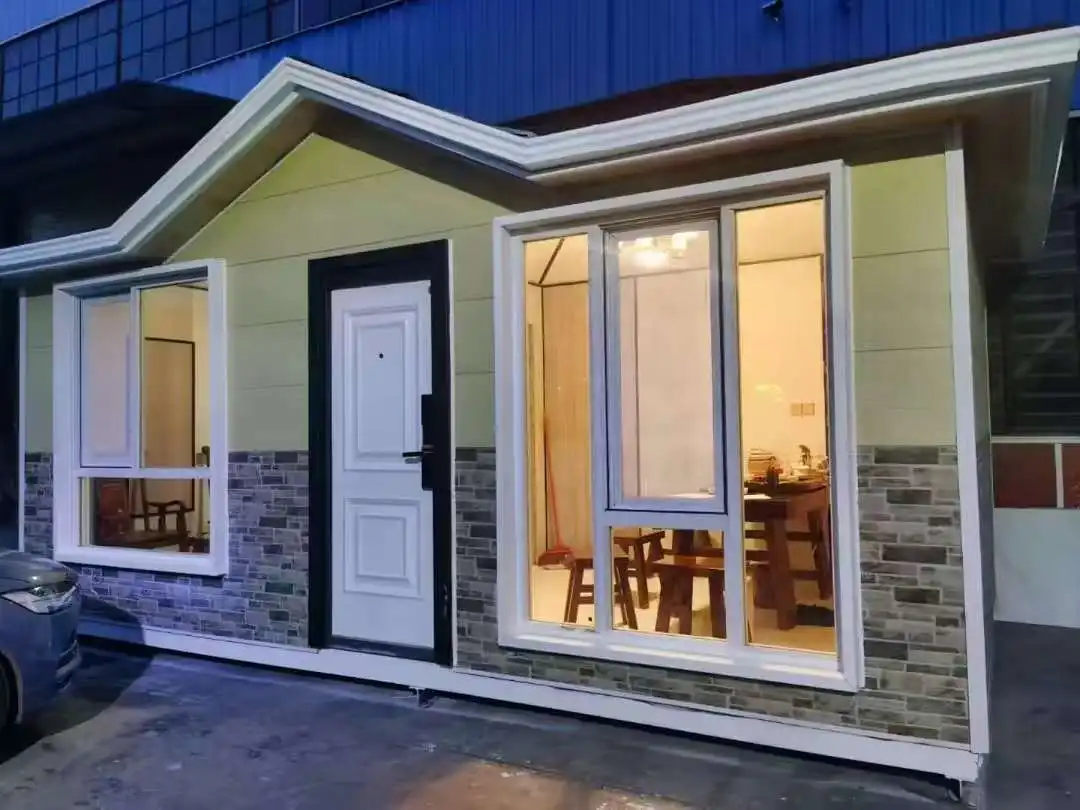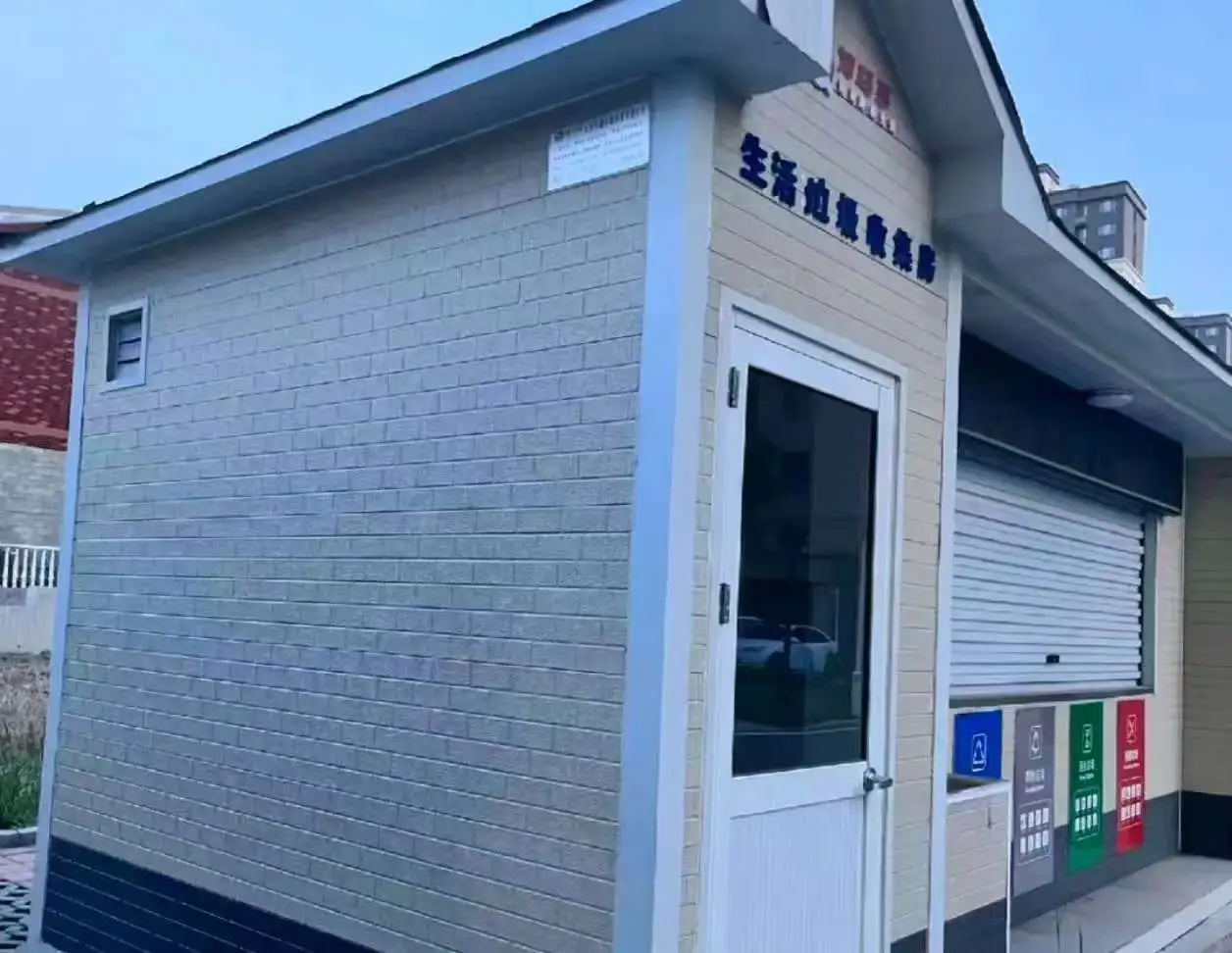Exterior wall cladding panels serve as a robust shield for your building, safeguarding it against harsh weather conditions and environmental factors. These versatile panels not only provide essential protection but also enhance the aesthetic appeal of your structure. By incorporating advanced materials and innovative designs, exterior wall cladding panels offer superior insulation, fire resistance, and durability. This combination of functionality and style makes them an ideal choice for architects, builders, and property owners looking to fortify their buildings while elevating their visual appeal.
The Ultimate Defense: How Exterior Wall Cladding Panels Shield Your Building?
Unmatched Thermal Insulation and Heat Reflectivity
One of the primary functions of exterior wall cladding panels is to provide exceptional thermal insulation. These panels are designed to minimize heat transfer between the interior and exterior of a building, resulting in improved energy efficiency. The advanced materials used in modern cladding panels, such as polyurethane foam cores, offer superior insulation properties that help maintain a comfortable indoor temperature year-round.
Moreover, many exterior wall cladding panels feature reflective surfaces that effectively bounce back solar radiation. This heat-reflective property further enhances the panel's ability to keep buildings cool during hot summer months, reducing the load on air conditioning systems and lowering energy costs.
Weather Resistance and Durability
Exterior wall cladding panels are engineered to withstand a wide range of weather conditions, from scorching sun to heavy rain and snow. The panels' water-resistant properties prevent moisture infiltration, protecting the building's structure from water damage, mold growth, and decay. This resilience ensures that the building remains structurally sound and aesthetically pleasing for years to come.
Furthermore, high-quality exterior wall cladding panels are designed to resist corrosion, even in harsh coastal environments. This corrosion-proof feature significantly extends the lifespan of the cladding system, reducing maintenance costs and the need for frequent replacements.
Fire-Resistant Cladding for Enhanced Safety
Safety is a paramount concern in building design, and exterior wall cladding panels play a crucial role in fire protection. Many modern cladding panels are manufactured with fire-resistant materials and coatings that can slow the spread of flames in the event of a fire. This fire-resistant property not only protects the building's occupants but also helps to minimize potential property damage.
Aesthetic Versatility: Elevating Your Building's Visual Appeal
Customizable Colors and Designs for Unique Aesthetics
Exterior wall cladding panels offer an extensive range of colors, textures, and finishes, allowing architects and designers to create visually striking facades. From sleek metallic finishes to warm wood-like textures, the possibilities for customization are virtually limitless. This versatility enables building owners to achieve a unique look that complements the surrounding environment and reflects their brand or personal style.
Seamless Integration with Various Architectural Styles
Whether you're working on a modern high-rise, a traditional residential complex, or a historic building renovation, exterior wall cladding panels can be tailored to suit any architectural style. The panels' flexibility in design and installation allows for seamless integration with other building elements, such as windows, doors, and roofing systems. This adaptability makes exterior wall cladding panels an excellent choice for both new construction projects and building retrofits.
Creating Visual Interest Through Texture and Pattern
Exterior wall cladding panels can be used to create captivating visual effects through the strategic use of texture and pattern. By combining different panel sizes, orientations, and finishes, architects can design facades that play with light and shadow, adding depth and dimension to the building's exterior. This ability to create visual interest can transform even the most mundane structures into architectural landmarks.
Practical Benefits: Why Exterior Wall Cladding Panels Are a Smart Choice?
Energy-Efficient Exterior Wall Cladding Solutions
As energy costs continue to rise, the importance of energy-efficient building materials cannot be overstated. Exterior wall cladding panels contribute significantly to a building's overall energy performance by providing excellent insulation and reducing thermal bridging. This improved energy efficiency not only leads to lower utility bills but also helps buildings meet increasingly stringent energy codes and sustainability standards.
Quick and Easy Installation Process
One of the key advantages of exterior wall cladding panels is their ease of installation. Many modern cladding systems are designed with interlocking mechanisms or simple fastening methods that allow for rapid and efficient installation. This quick installation process can significantly reduce construction time and labor costs, making exterior wall cladding panels an attractive option for both new builds and renovation projects.
Low Maintenance Requirements
Exterior wall cladding panels are engineered for longevity and minimal maintenance. Unlike traditional building materials that may require frequent painting or repairs, high-quality cladding panels retain their appearance and performance with minimal upkeep. This low-maintenance characteristic translates to reduced long-term costs for building owners and facility managers.
Eco-Friendly and Sustainable Options
As sustainability becomes an increasingly important consideration in construction, many manufacturers are producing exterior wall cladding panels using eco-friendly materials and processes. Some panels incorporate recycled content or are themselves recyclable at the end of their life cycle. Additionally, the energy-saving properties of these panels contribute to a building's overall environmental performance, helping to reduce its carbon footprint.
Versatility in Application
Exterior wall cladding panels are not limited to just exterior applications. Many panels are designed for both interior and exterior use, offering a cohesive design solution throughout a building. This versatility allows for creative use of cladding panels in various settings, from facade systems to interior accent walls, providing a unified aesthetic across different spaces.
Conclusion
In conclusion, exterior wall cladding panels offer a comprehensive solution for protecting buildings from the elements while enhancing their visual appeal. Their combination of durability, energy efficiency, and design flexibility makes them an invaluable asset in modern construction and renovation projects. As building technology continues to evolve, we can expect to see even more innovative applications of exterior wall cladding panels in the future.
For more information on how exterior wall cladding panels can benefit your next project, or to explore our range of high-quality cladding solutions, please contact us at info@sdqsc.com. Our team of experts at Weifang Sandong Building Materials Co., Ltd. is ready to assist you in finding the perfect cladding solution for your building needs.
References
1. American Society of Civil Engineers. (2021). "Building Envelope Design Guide - Wall Systems." Whole Building Design Guide.
2. U.S. Department of Energy. (2022). "Building Envelope." Energy.gov.
3. National Institute of Building Sciences. (2020). "High-Performance Building Envelope Design."
4. International Code Council. (2021). "International Energy Conservation Code."
5. Green Building Alliance. (2022). "Building Envelope."


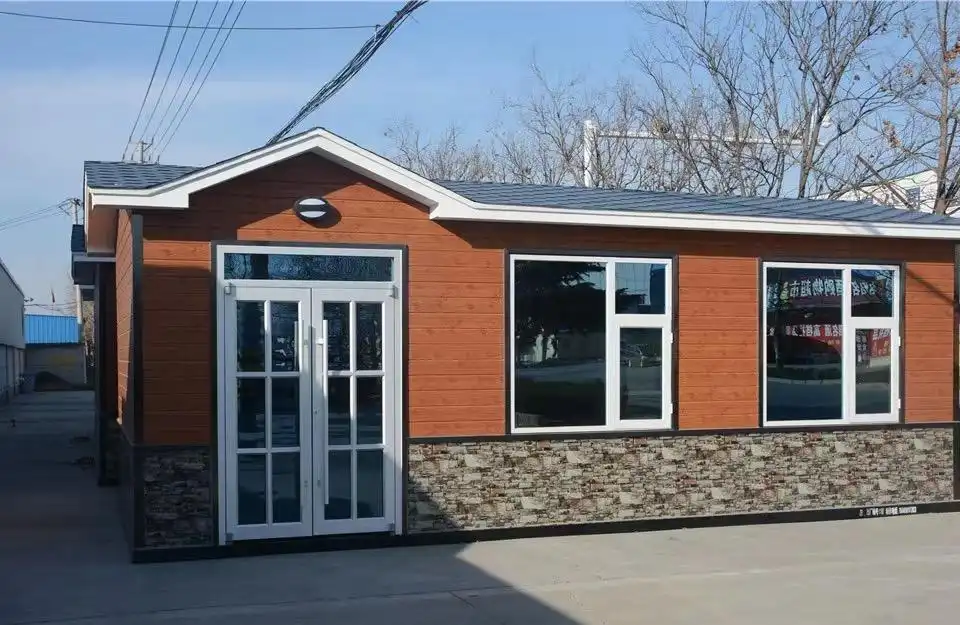
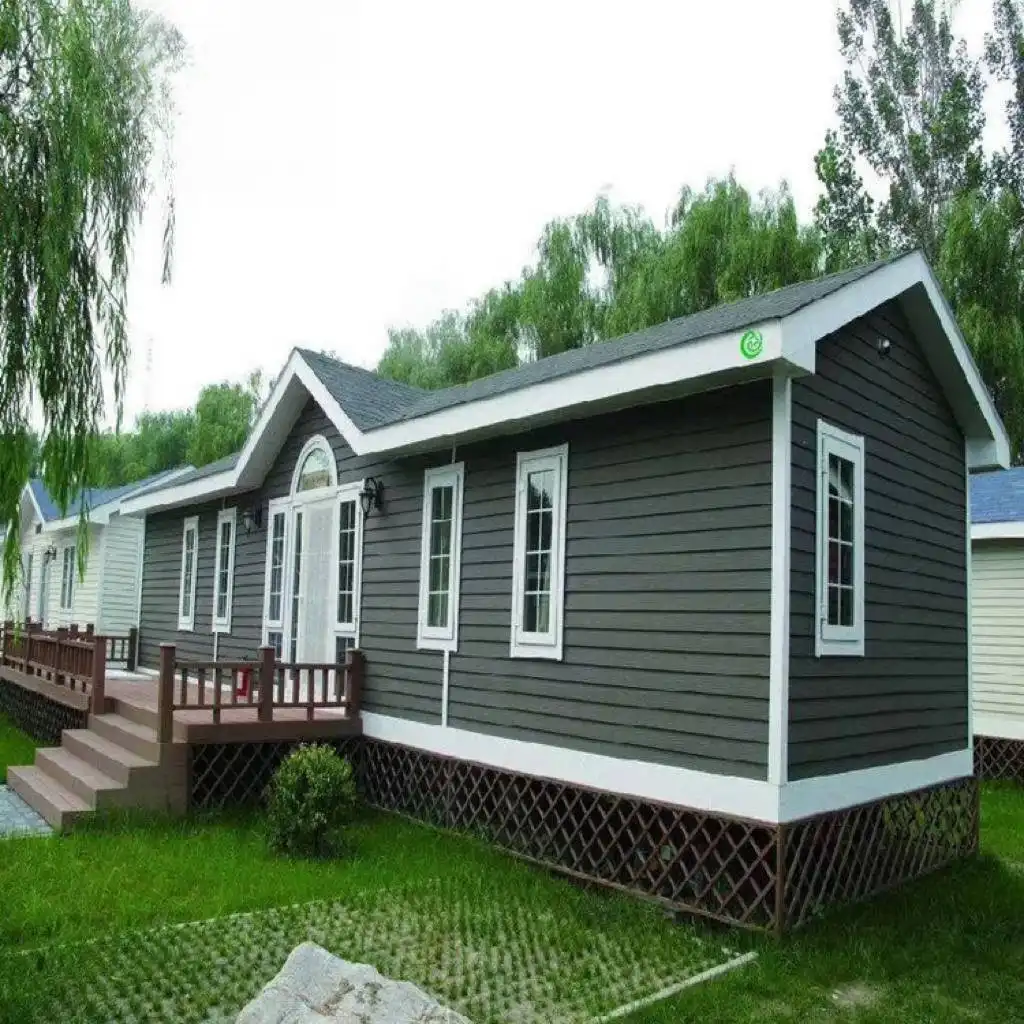
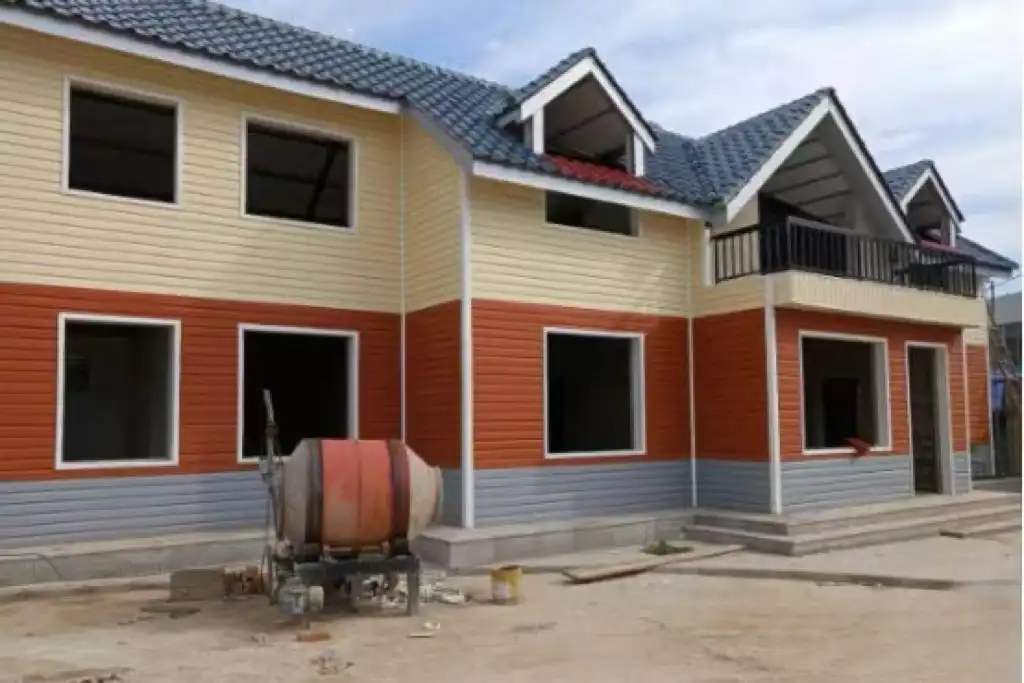
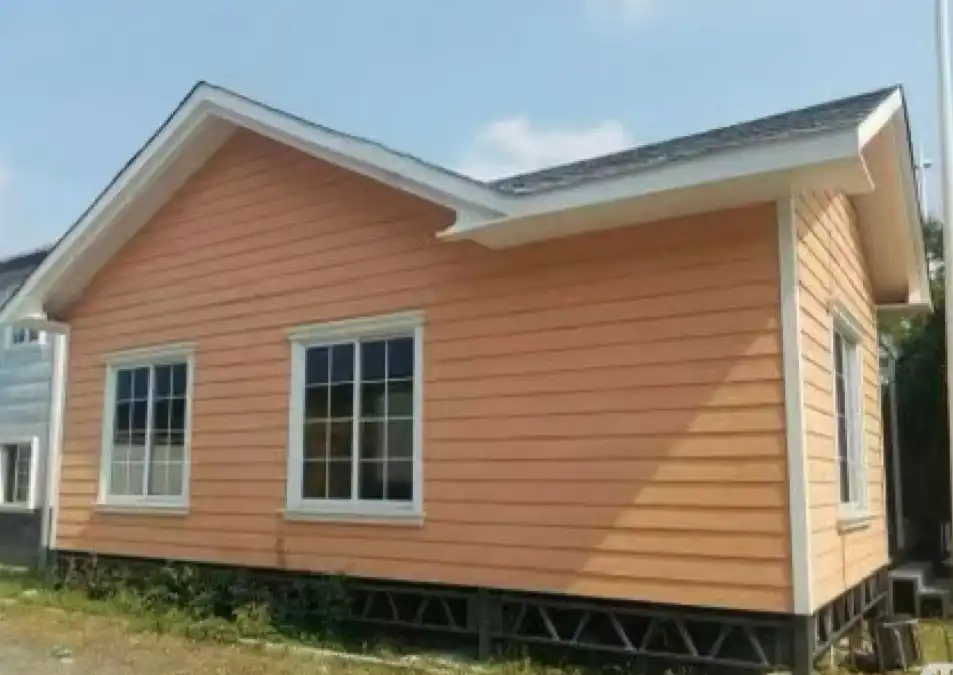

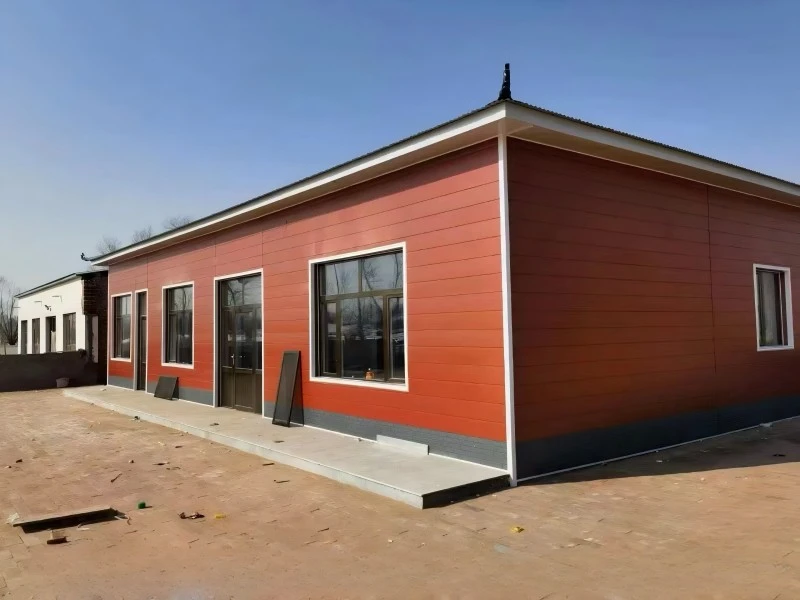

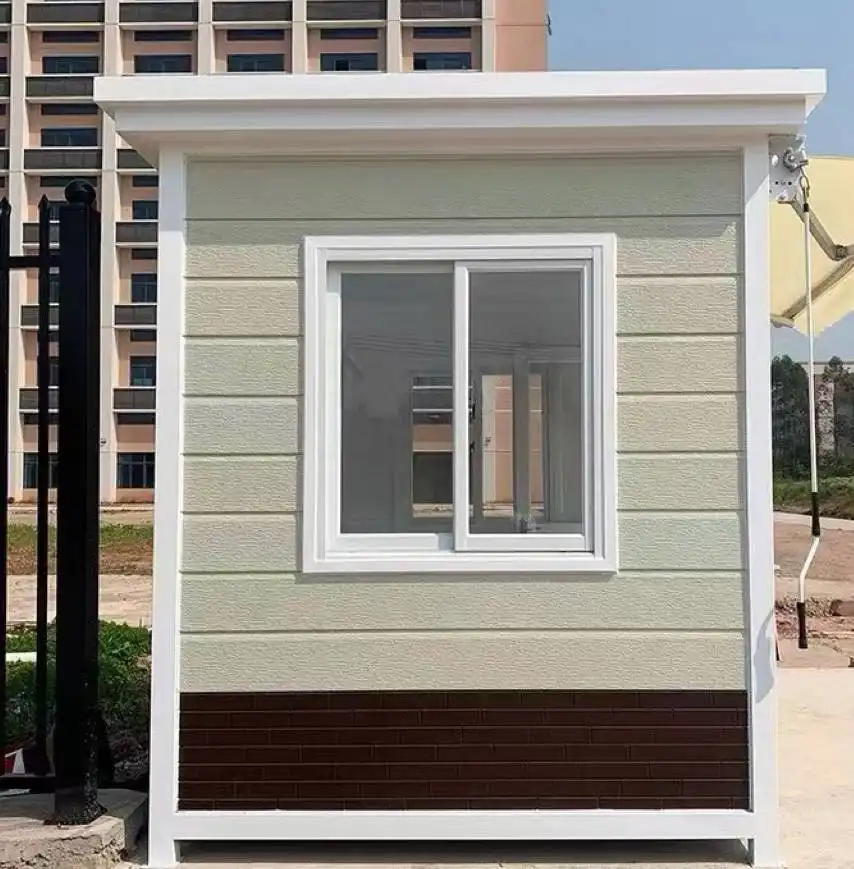
.webp)
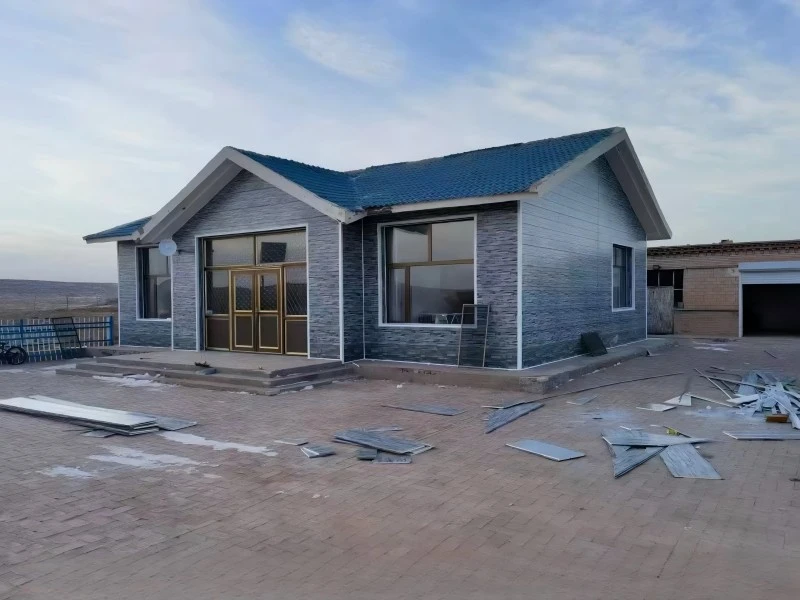
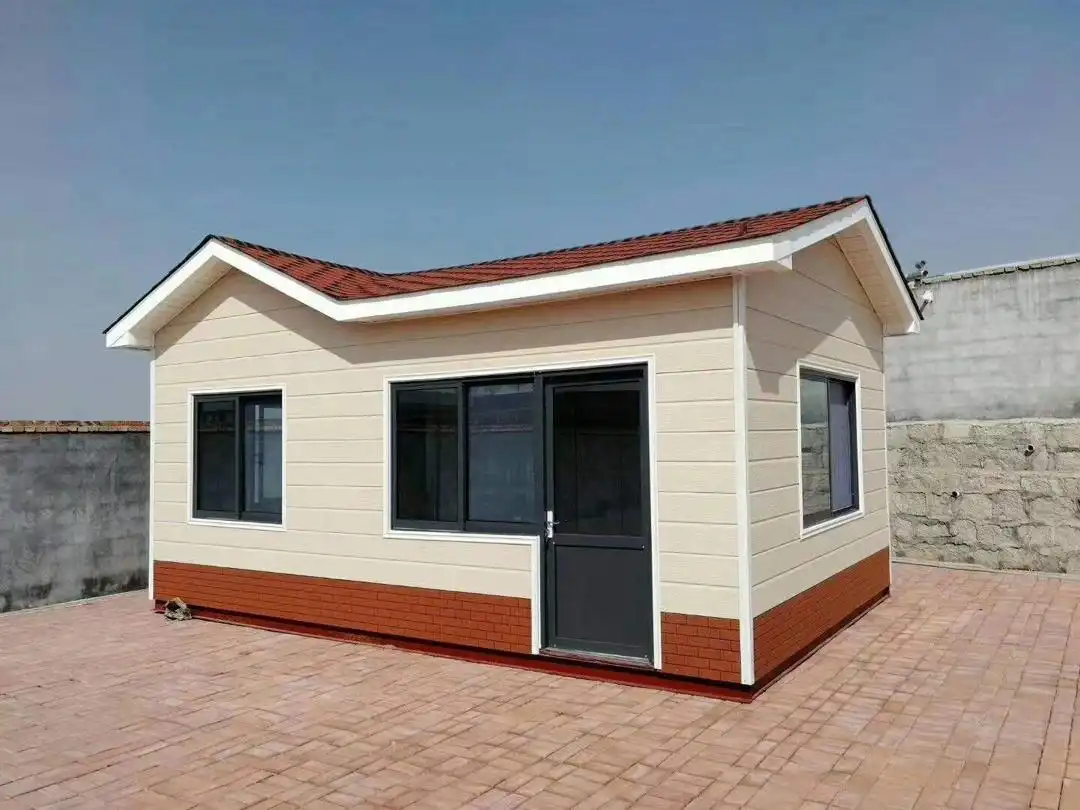



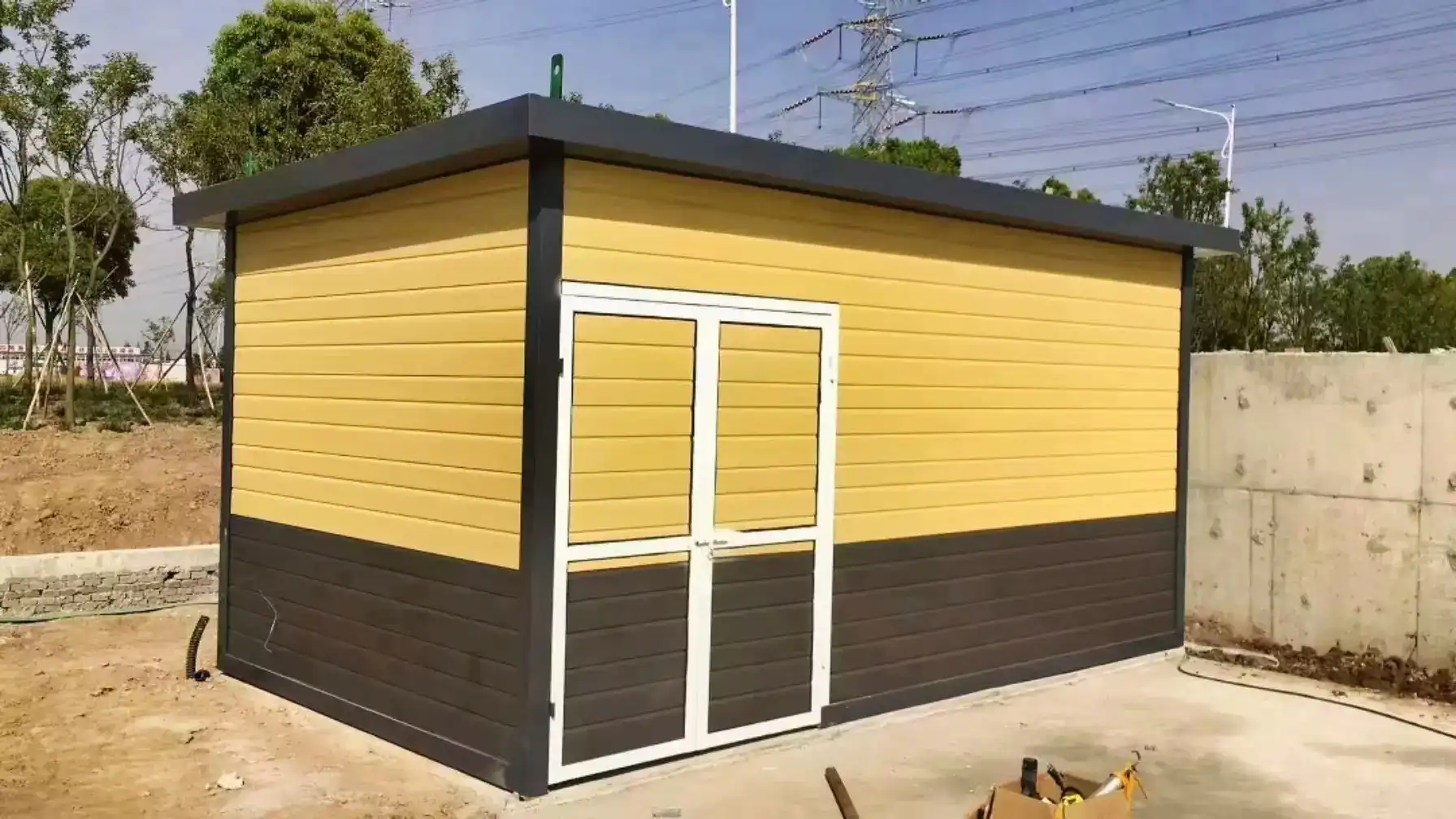

.jpg改.webp)
